Once upon a time, the lands of the Yakama spanned from the Cascade Mountains all the way to the Columbia and beyond. In 1855, the 14 bands and tribes of the Yakama Nation ceded 11.5 million acres of that land to the United States as part of the Yakama Treaty. Today, the Yakima Indian Reservation covers roughly 1.3 million acres (about 2,000 square miles) of south central Washington including the eastern portion of Mount Adams. Most of the reservation is closed to non-tribal members and the Yakama are rightfully protective of their land, rarely granting access to visitors.
Just over a week ago, I had a once in a lifetime opportunity to visit the reservation as part of a fire lookout work party. Together with five other fire lookout enthusiasts, I partnered with members of the Yakama Nation Fire Management team to help open Satus Peak for the season. In exchange for our help, we were also treated to a tour of Signal Peak, allowing us to visit the last two remaining fire lookouts on Yakama land.
The tribal members who guided us, Arnold, David, and Brian, were the most wonderful and welcoming hosts, telling us great stories and sharing their immense love for their land. It’s an incredibly rare privilege to be invited to Yakama land and it’s an experience I won’t ever forget!
To really put into perspective how special this trip was, I have to provide a little backstory about how it came about.
The challenge of the virtually impossible.
When I first decided a few years back to take on the challenge of trying to visit and photograph all of Washington State’s still standing fire lookouts, I knew I would be signing up for plenty of adventure. I’m a person who has never shied away from bushwhacking, route finding, or driving fun 4×4 Jeep roads all over Washington State and I often joke that trails or destinations labeled “virtually impossible” translate to me as “interesting challenge”.
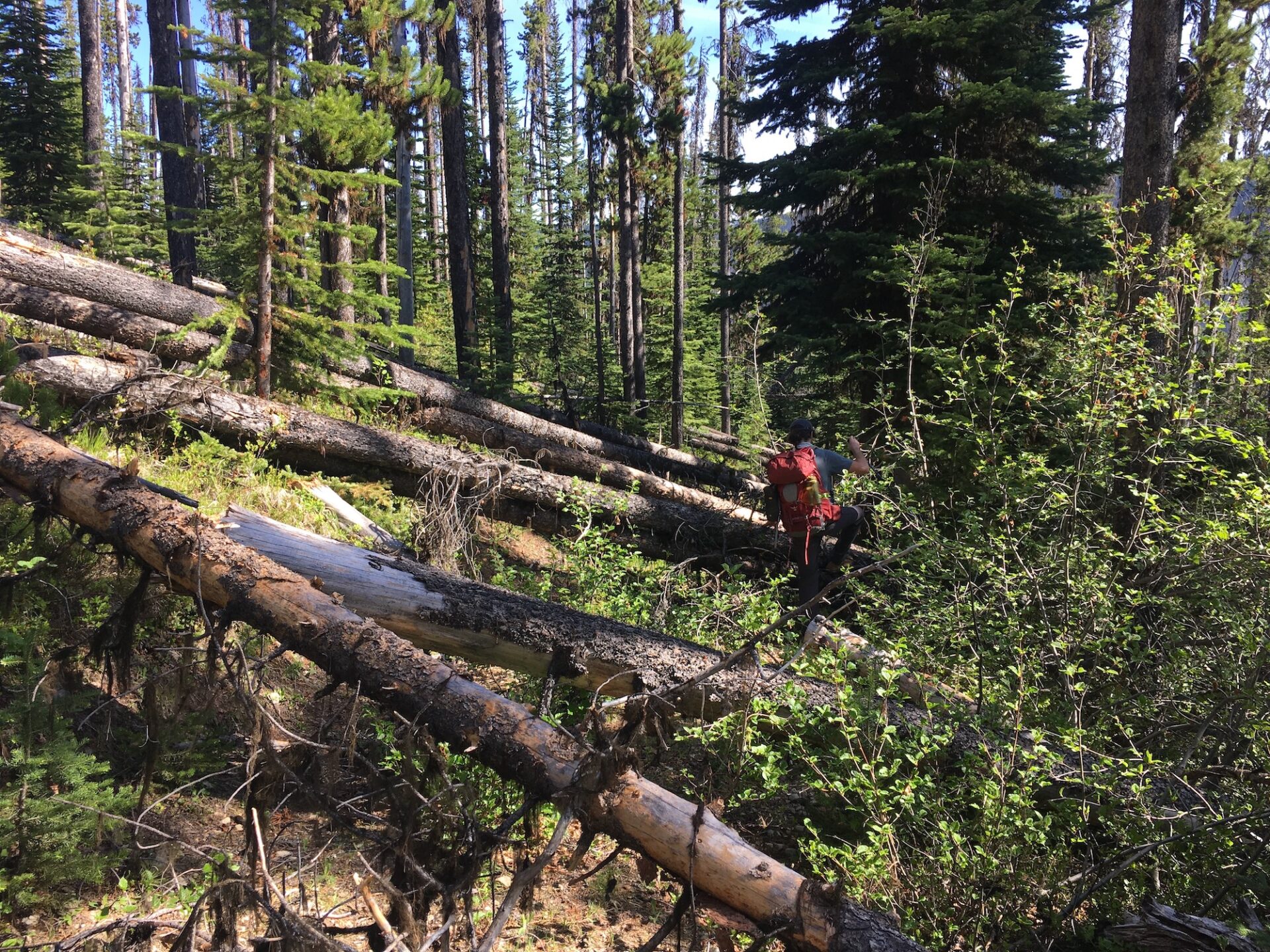
There are certainly some existing fire lookouts that have been called virtually impossible, mostly due to access or trail issues: Goodman Hill on the Joint Base Lewis McChord, Kitsap Lookout in the Bremerton Watershed, Mebee Pass in an unmaintained, remote area of the North Cascades, and finally, Satus and Signal Peaks, located on Yakama land closed to non-tribal members.
While some destinations are indeed a tough challenge, I’m not really a person who believes in the virtually impossible. I believe you can get just about anywhere with smart research, good conditions, savvy connections and the right window of opportunity. Oh, and certainly the ability to suffer. More than a few times I’ve hurdled 200+ downed trees and schwacked through a Jurassic Park forest of Devil’s Club to get somewhere.
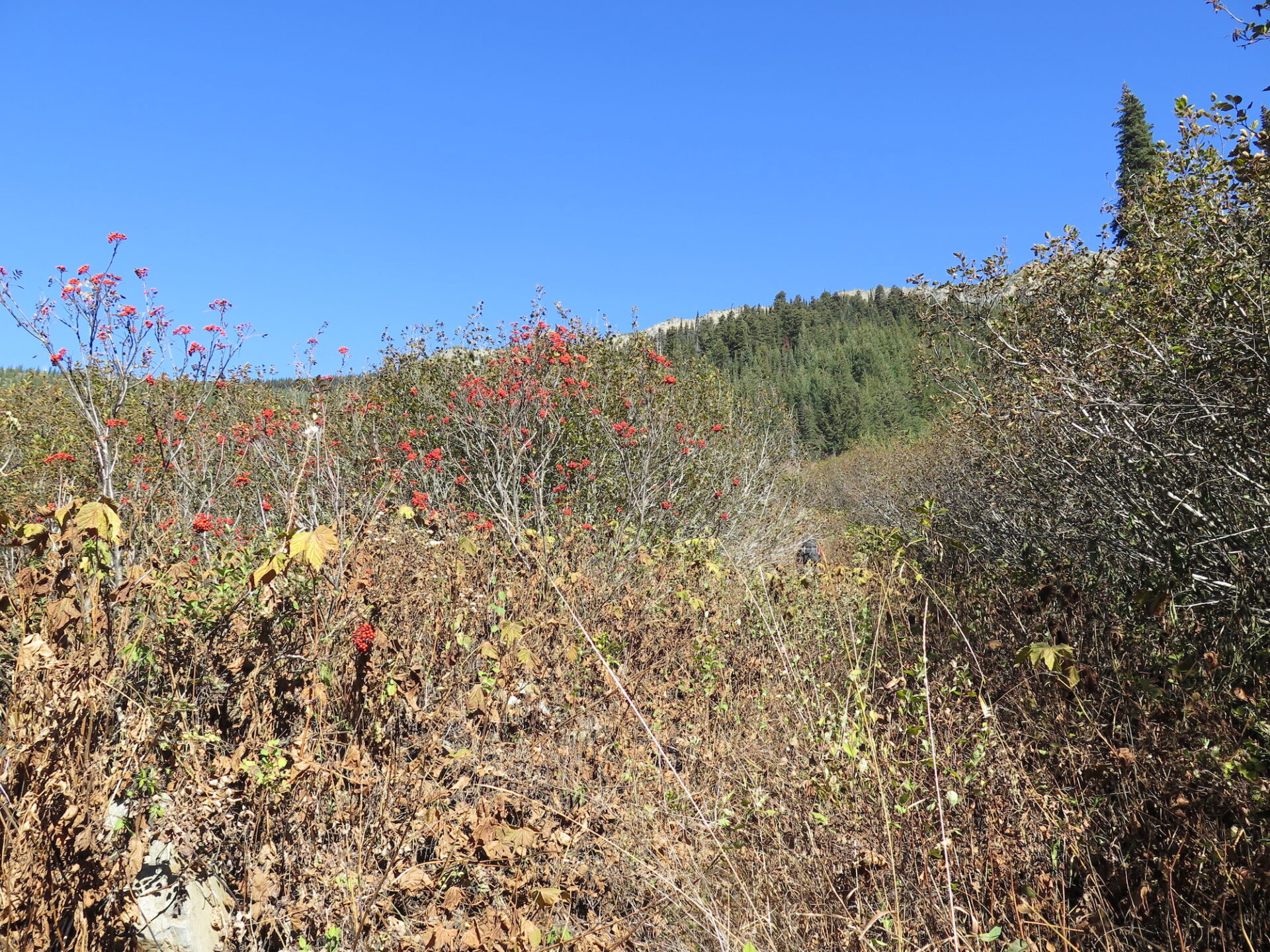
So far, using a mix of the tactics above, and definitely a lot of bushwhacking, I’ve been able to visit most of Washington’s still standing lookouts. The last of the virtually impossible ones on my list were Satus and Signal.
Satus and Signal lookouts.
About 10 years ago, members of the Forest Fire Lookout Association (FFLA) successfully arranged a tour of Satus and Signal lookouts with the Yakama Nation but no one since had been able to do so. I made some inquiries last year and was told the only way onto reservation land was to be a Yakama tribal member, the spouse of one, or part of a work party, typically reserved for educational or community programs.
Visiting Satus and Signal posed a different kind of challenge. It wasn’t about finding a unique way in or surviving bushwhacking and route finding, it was about gaining access to a land that I had no claim or right to access. As a person with 50% Hispanic heritage and a great-grandmother who was Blackfoot, I have the utmost respect for native lands and cultures and told myself these two lookouts were ones I might never visit.
I knew if an opportunity presented itself, it would need to be the right one.
The fire lookout social.
Last year I was invited to a dinner party with a group of fellow fire lookout enthusiasts, organized by Kari Darvill. Kari’s father was the well known outdoorsman and conservationist Fred Darvill, who cared for and maintained Park Butte and Hidden Lake lookouts and also founded the Skagit Alpine Club. He was instrumental in keeping many of Washington’s fire lookouts open to the public and aided in the conservation of several wilderness areas, including the establishment of the North Cascades National Park.
That evening I met a wonderful collection of lookout aficionados, some who I had corresponded with but had yet to meet in person. The roster that evening included Eric Willhite, a master researcher who maintains a fantastic website with extensive history of both standing and former lookout sites, and John Scurlock, a Pacific Northwest aviator known for his stunning photography and restoration efforts on Mebee Pass.

Many other guests that evening were either part of the FFLA or active contributors to the maintenance and upkeep of many of our Washington State lookouts including Winchester, Pilchuck, Three Fingers, Kelly Butte, and Hidden Lake.
Several of us exchanged contact information to help with work parties and fundraising and also discussed trying to build a new relationship with the Yakama Nation. Though we knew it was a long shot, Kari took the lead and began communication with the tribe.
After several months of getting little response, Kari finally made the right connection and in May, we were asked by the Yakama Nation if our group would be interested in helping to open the lookouts for the season. The answer was an enthusiastic YES!
Opening Satus Peak.
On June 14th, six lookout geeks met our Yakama Nation guides bright and early at 7am near Toppenish. I was right in the middle of closing on the sale of my condo, but no way was I missing this, so I got up at 0-dark-thirty to make the 3 hour drive down from Seattle.
We were greeted by tribal members Arnold and David, who were friendly and welcoming, then caravanned to White Swan to meet Brian Howell, a Yakama Nation fire official currently in charge of the lookouts. We all exchanged introductions and spent some time chatting. Brian was relatively new in his role and mentioned that it had been many years since a group had visited the lookouts. He chuckled that readying Satus for the season would involve some heavy lifting.
We had no idea what we were in for.
Armed with our work permits, we boarded a white cargo van arranged for us by our guides and off we went. Our permits were reviewed and accepted at the Mill Creek guard station and soon after, we were bumping along the rough, rocky road to Satus Peak. Along the way, Arnold and David spoke of wild horses, showed us points of interest, and shared stories about the land. We drove through an area named Starvation Flats, which contained ancient trails from the late 1800s.
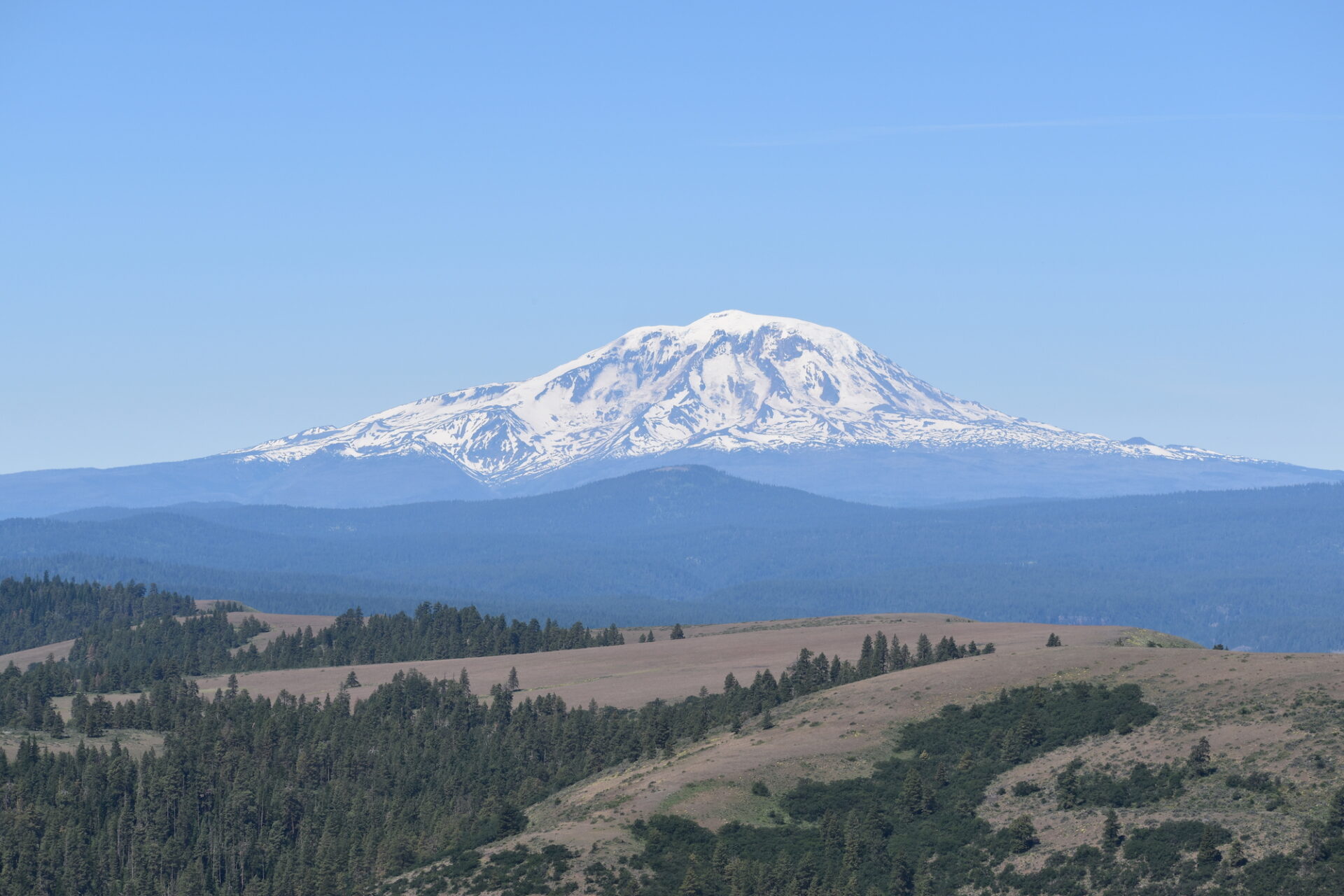
Brian traveled ahead in his truck and met us at the top of Satus, giving us plenty of time to look around, explore, and soak in the gorgeous views of Mount Adams and the surrounding land. Our guides pointed out more features in the distance and told us tales of grizzly bears, wolves, and sand cranes. I was absolutely enthralled!
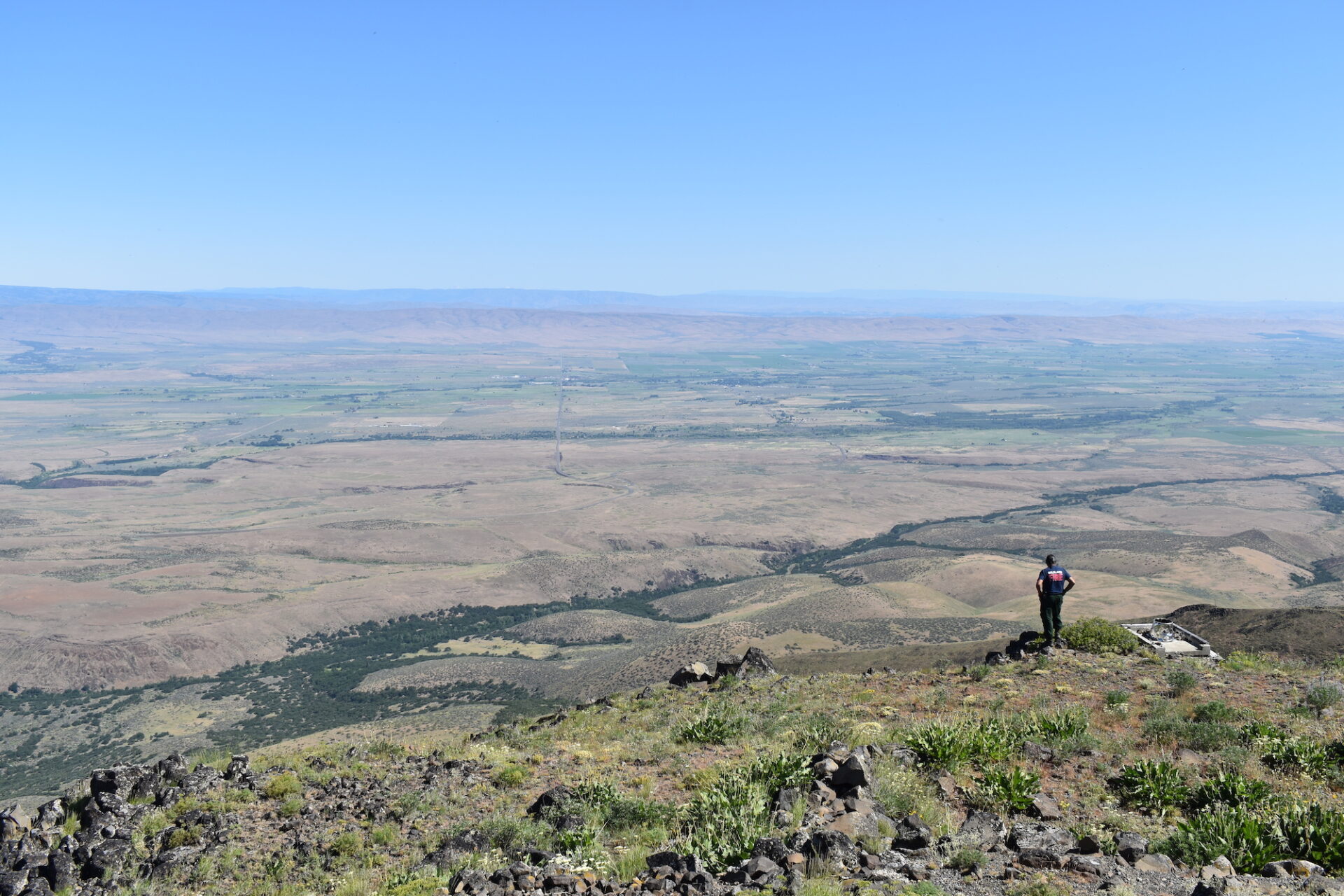
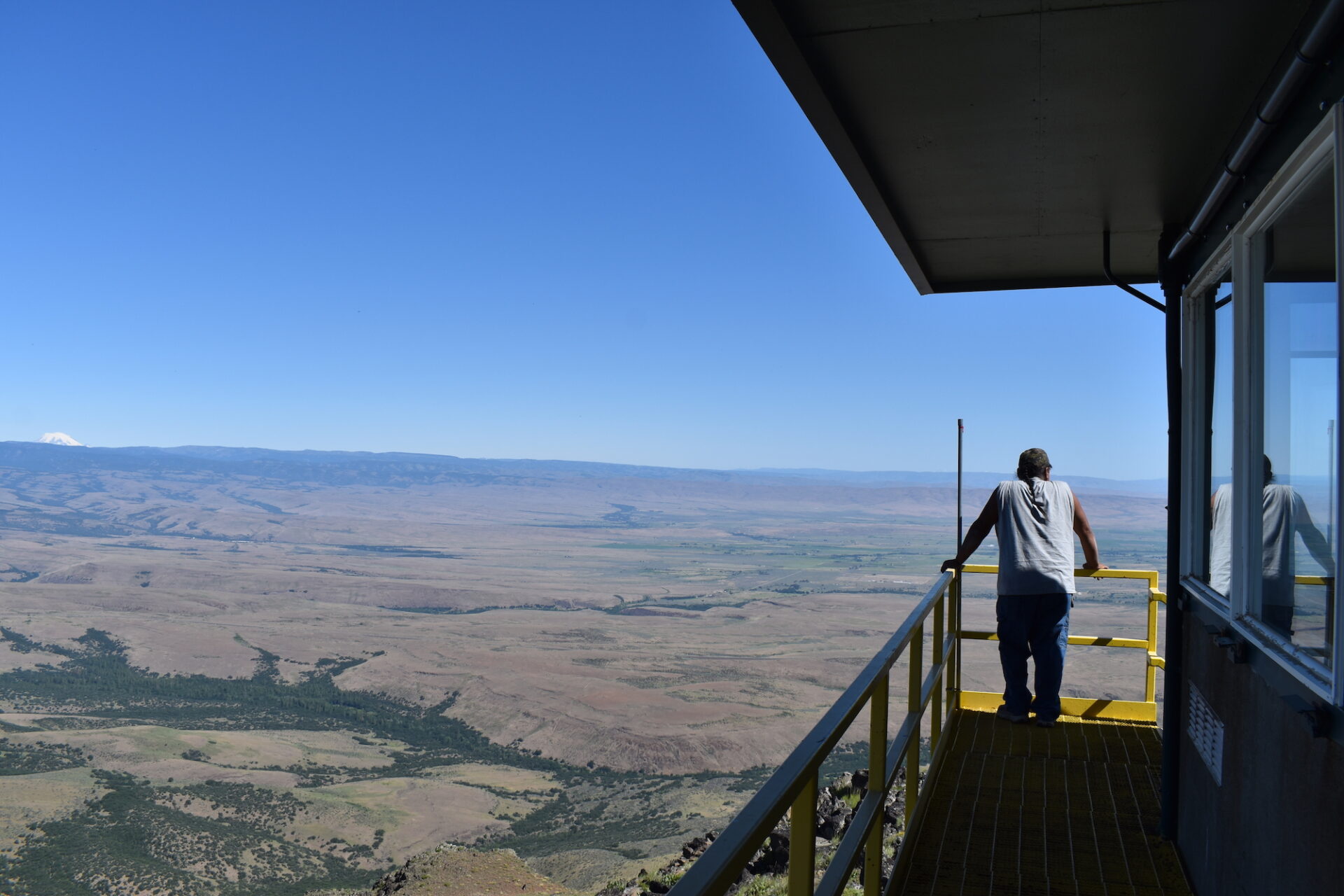
After some sightseeing and stories, it was time to get to work, which required removing 16 of the solid steel panels securing the lookout windows. Brian explained to us that securing buildings against vandalism is taken seriously on the reservation and each panel was easily 60+ lbs.
Our team removed the large bolts from the inside of the lookout that secured the heavy panels, lowered them, hiked them to the ground, and then replaced the bolts to prevent bees and other critters from entering the lookout. The process was arduous but went relatively quickly with our large team of helpers.
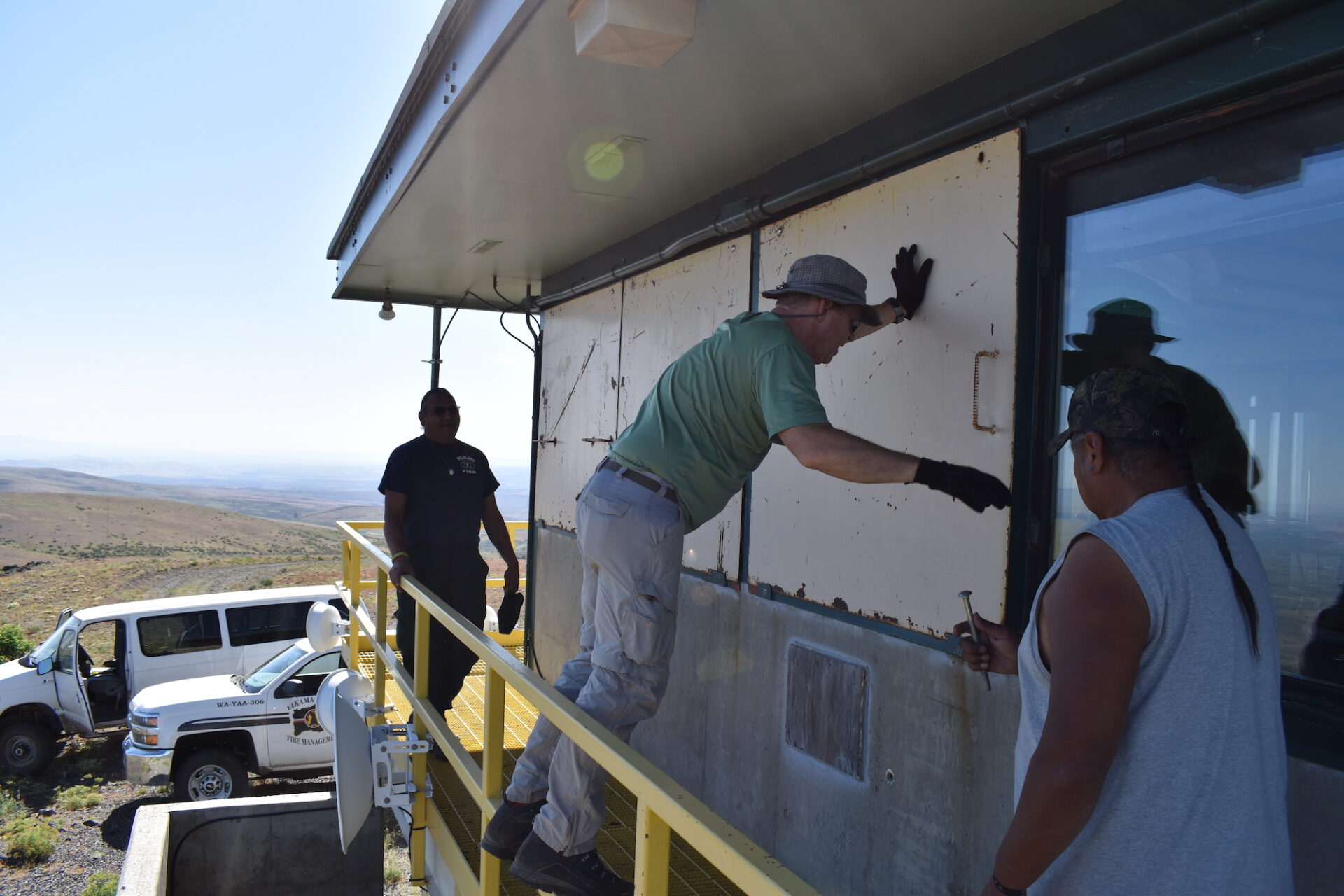
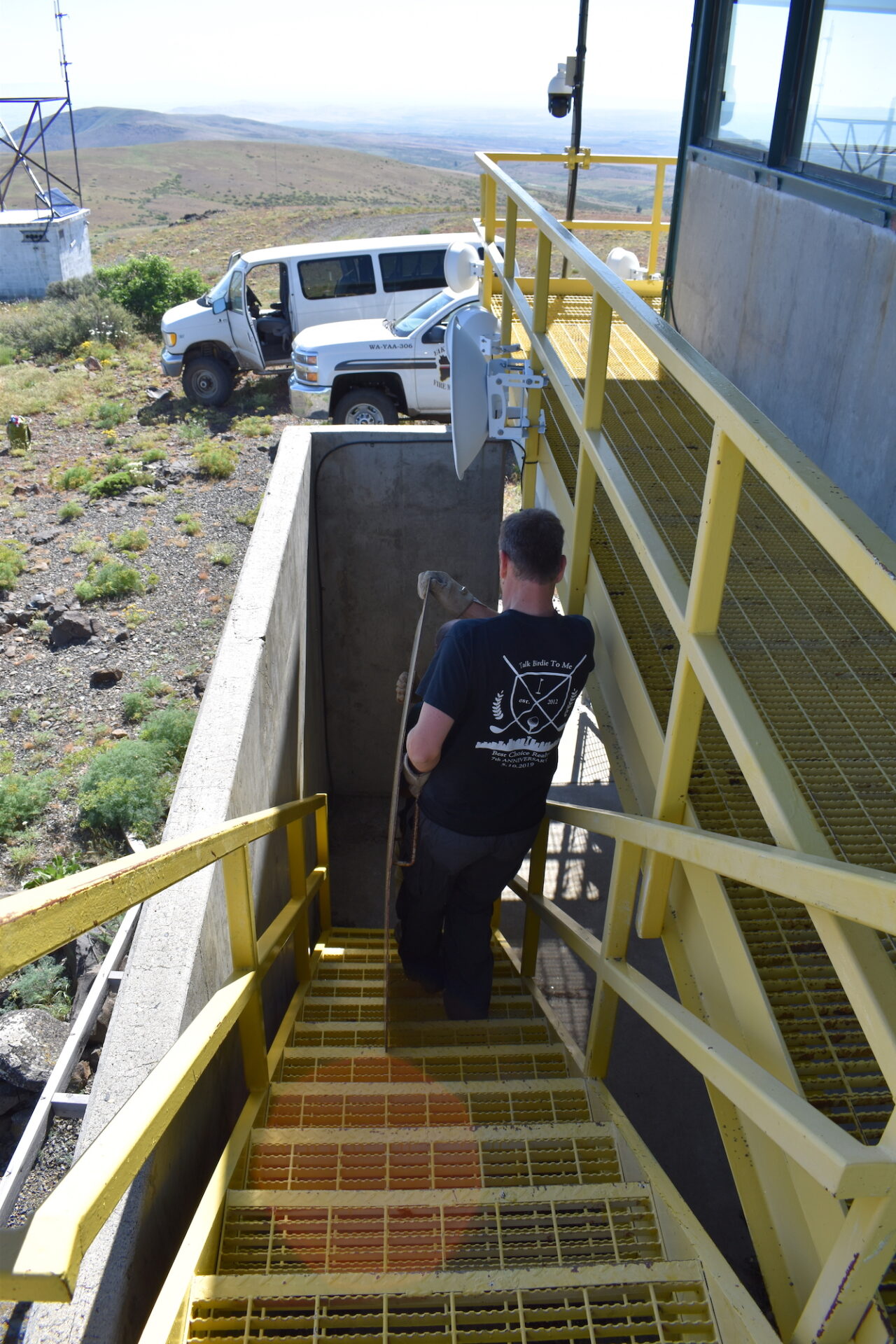
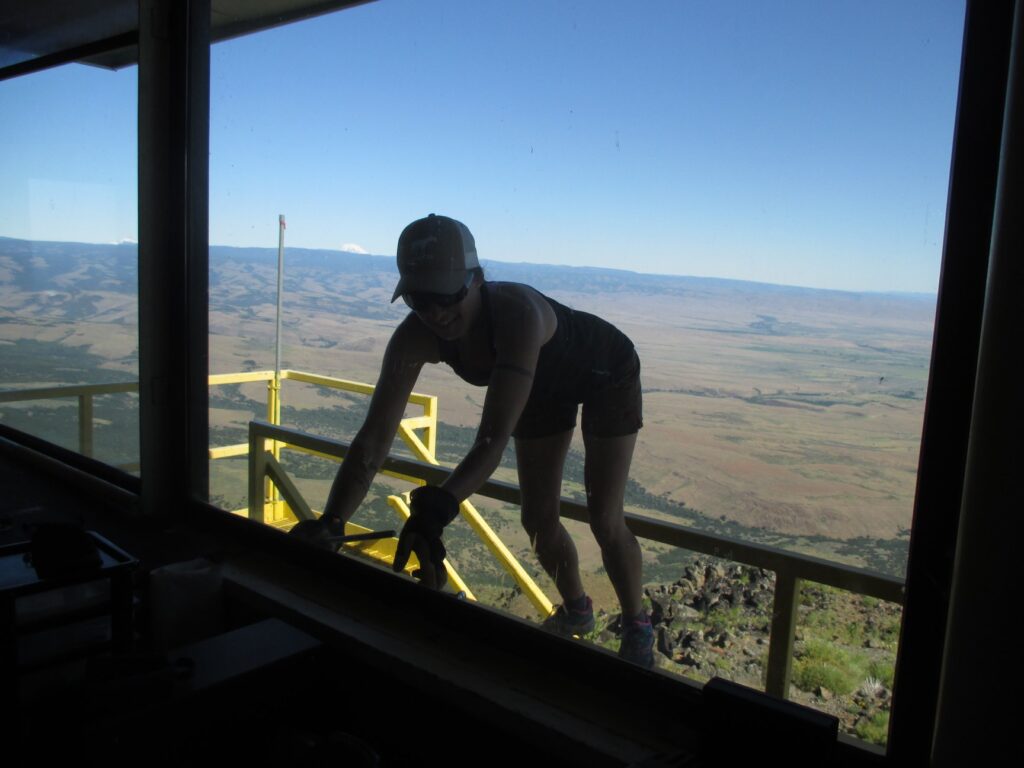
Once the lookout was open, we all relaxed, enjoying plenty of time to take in the views, ask lots of questions, and look through old maps in the lookout. At the end of our two hour visit, we were able to sign our names on the yet-to-be-filled fire lookout water tanks, a tradition for visitors.
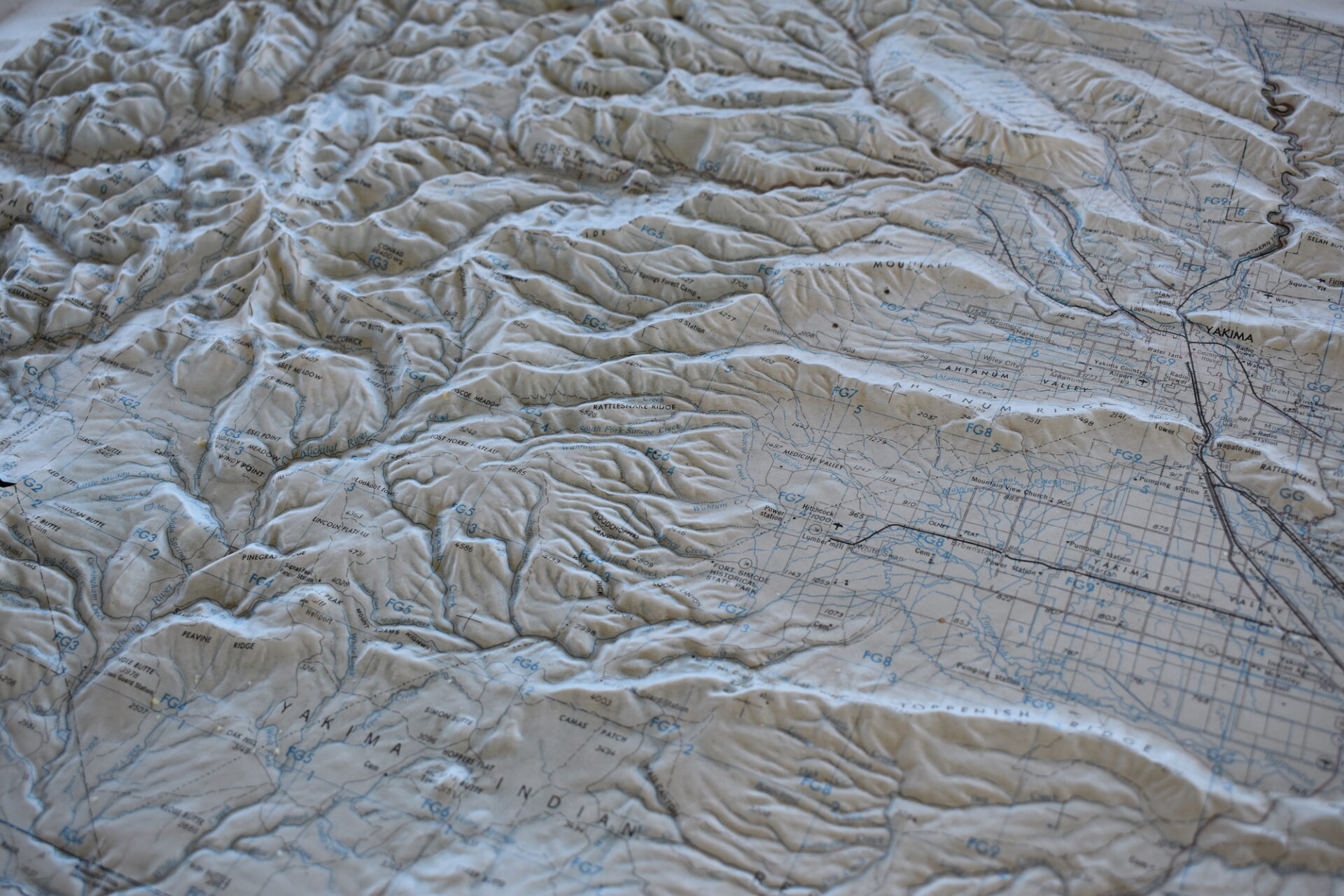
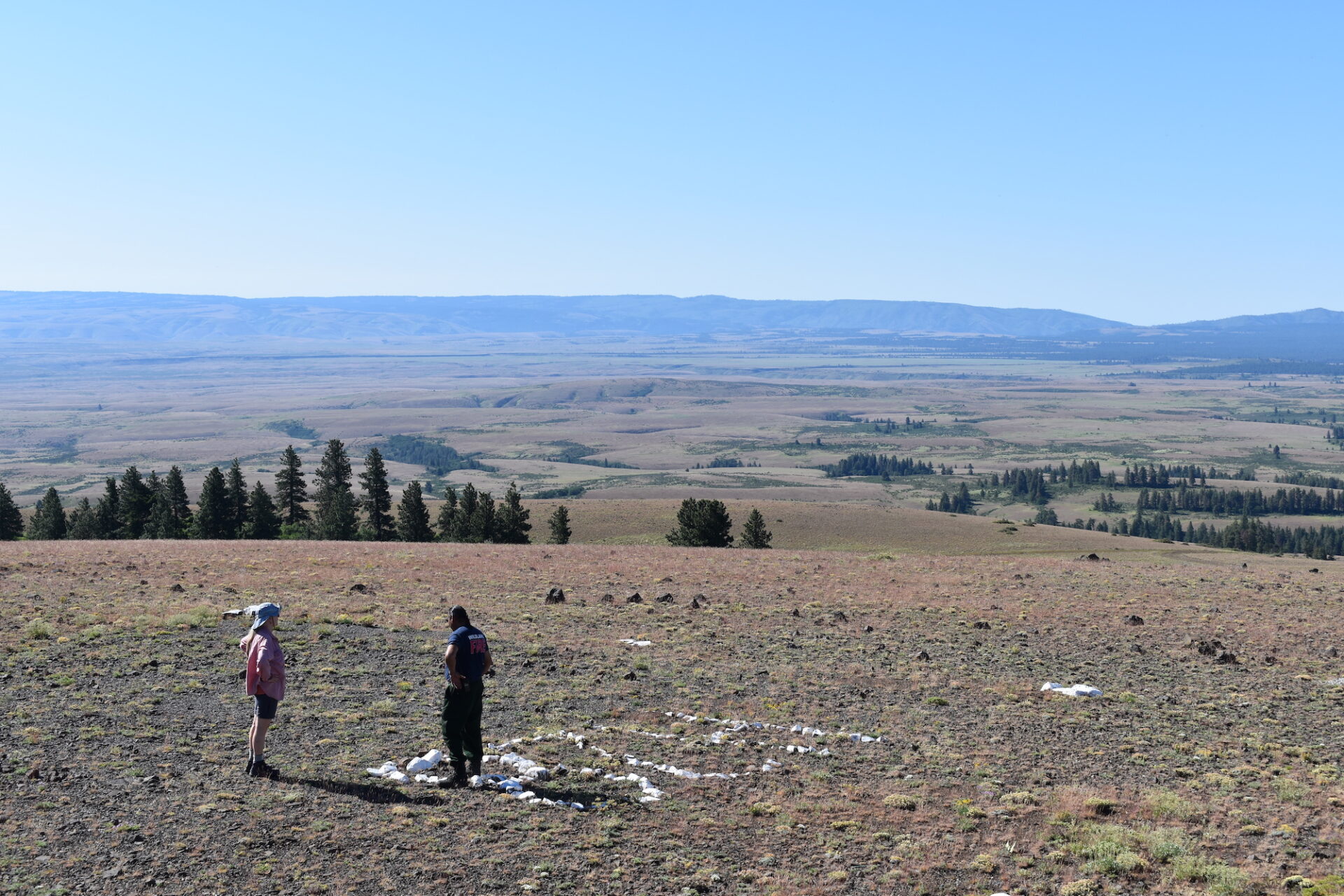
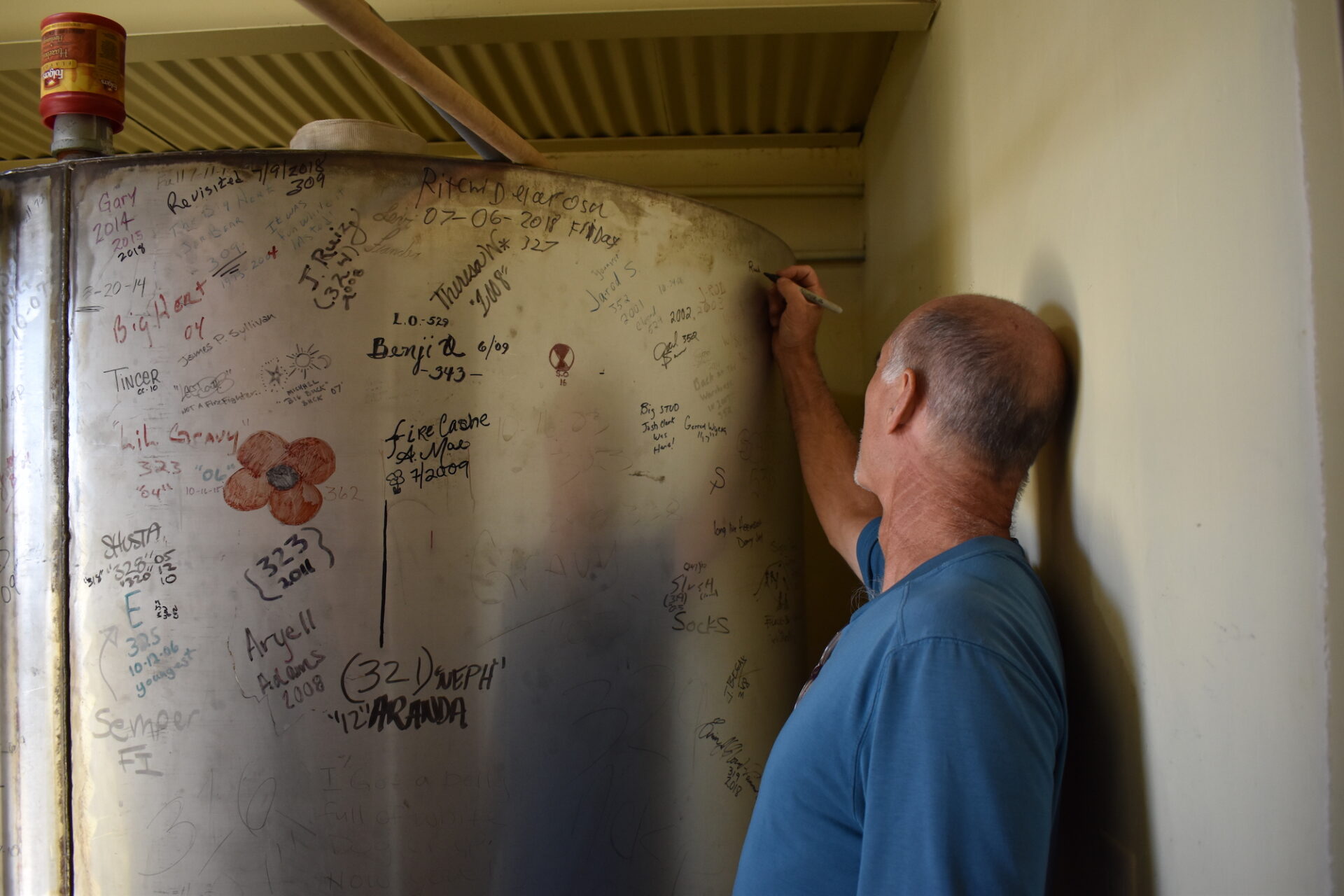
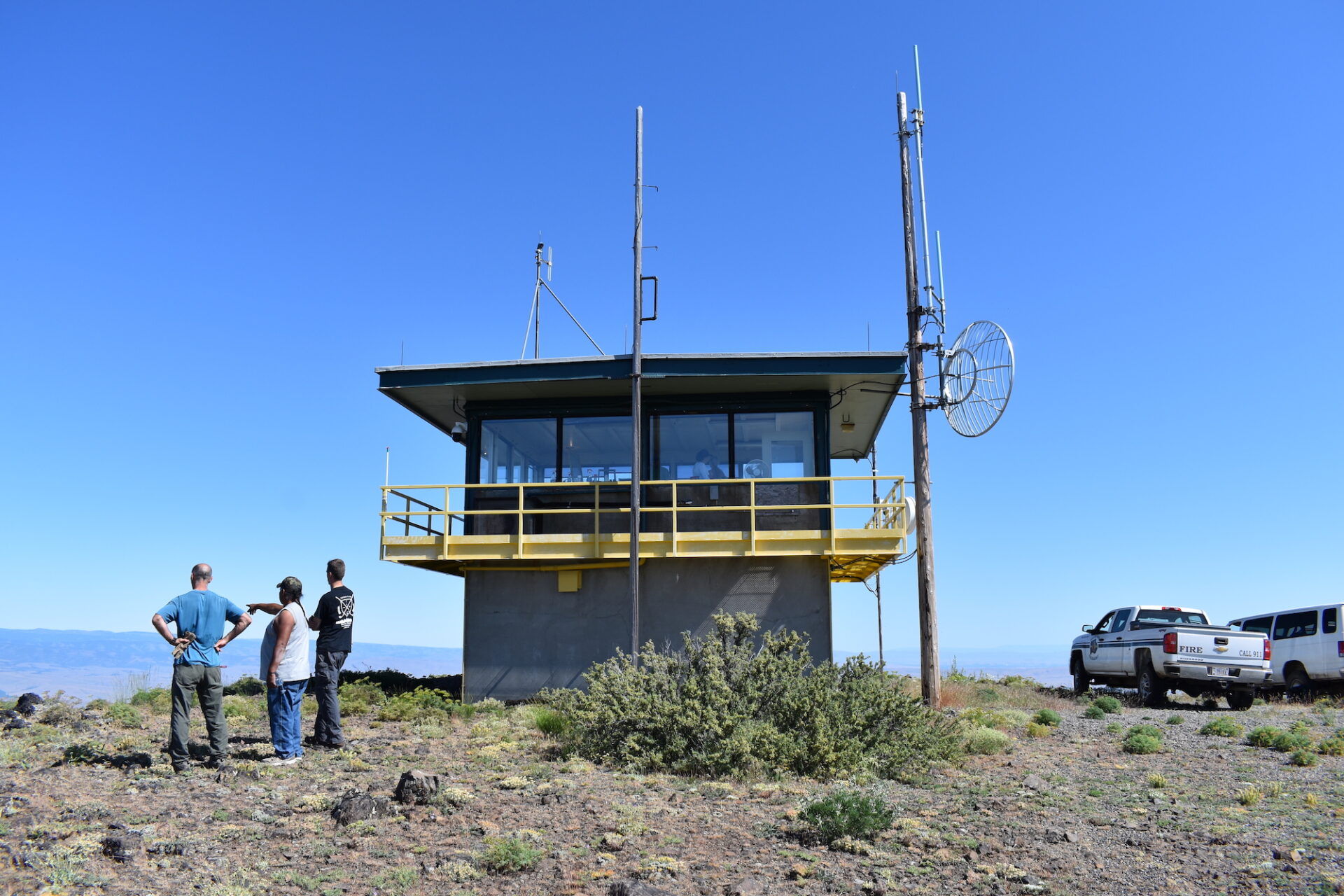
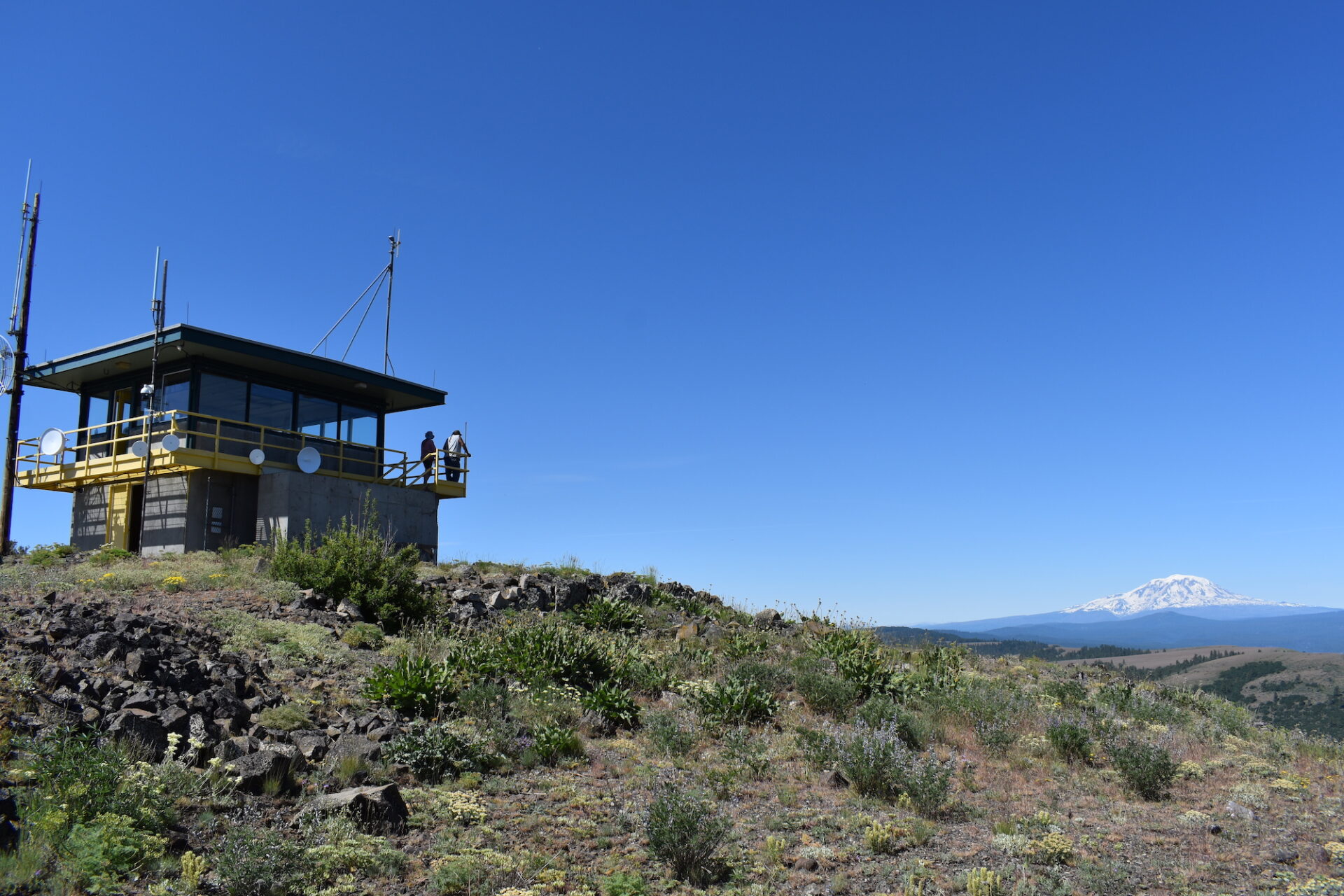
Visiting Signal Peak.
With our work time at Satus complete, our guides drove us west for a visit of Signal Peak, making a quick stop at an old abandoned camp they say hasn’t been used for years. Many beautifully built cabins, including a large A-frame, still stand and the camp is a scene of tranquility. We were given a quick drive through, a much appreciated surprise.
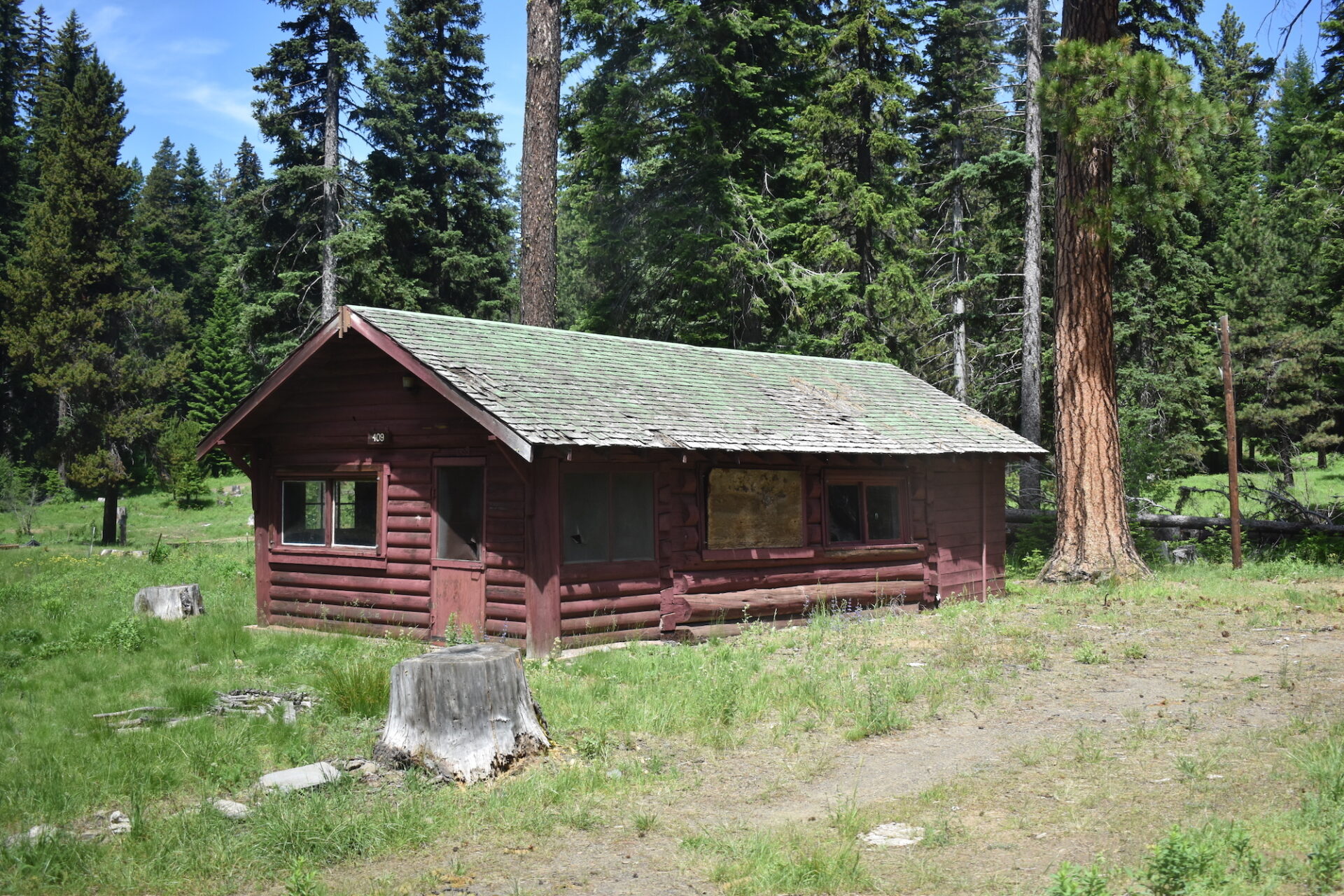
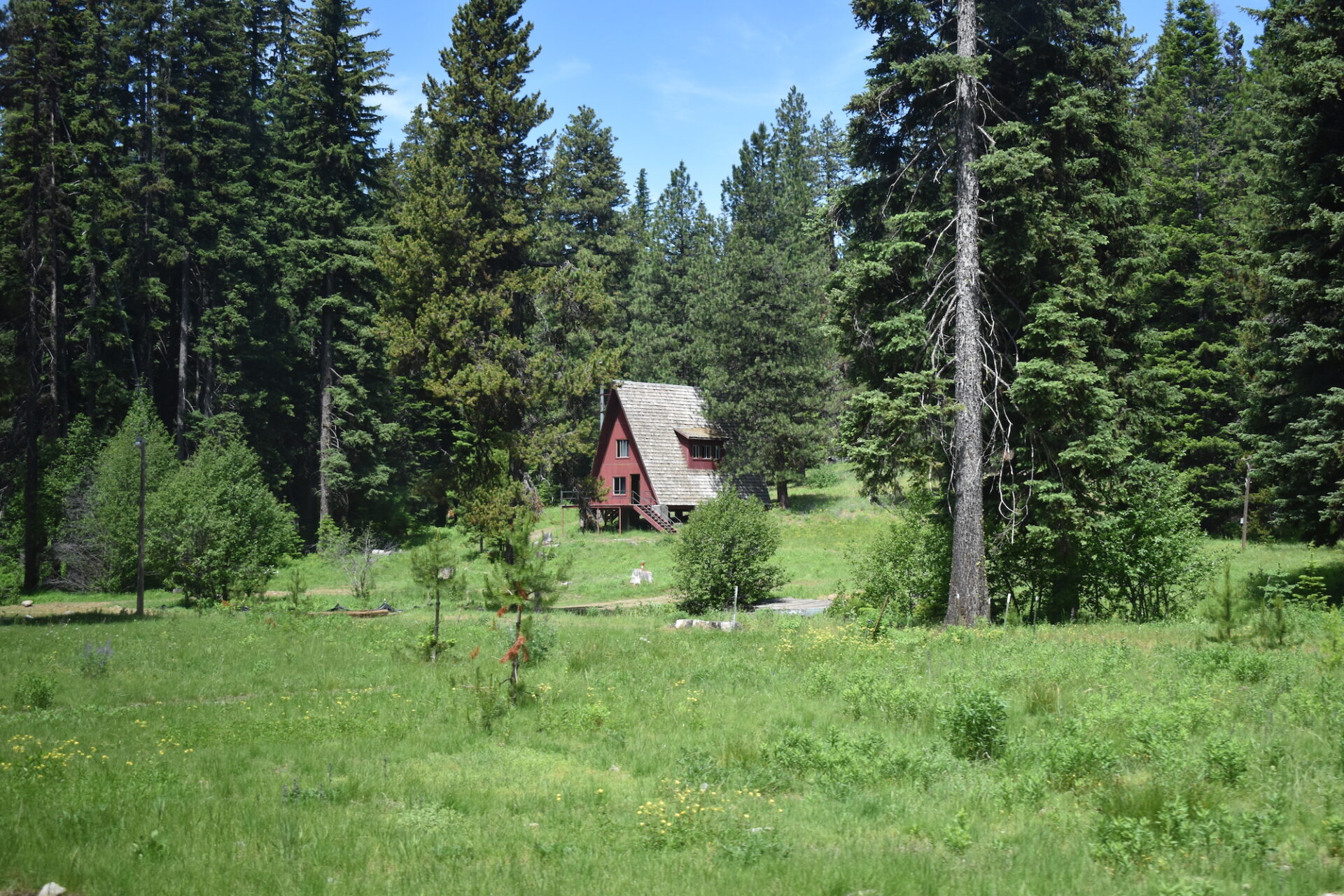
As we drove up the winding, beautifully forested road to Signal Peak, the views of Mount Adams became grander and grander and finally, we arrived to Signal Peak’s 68’ steel tower. The lookout site was reported to have been established in the 1920s with a ground house living quarters built in 1935. The current tower was moved from Panther Creek in 1964.

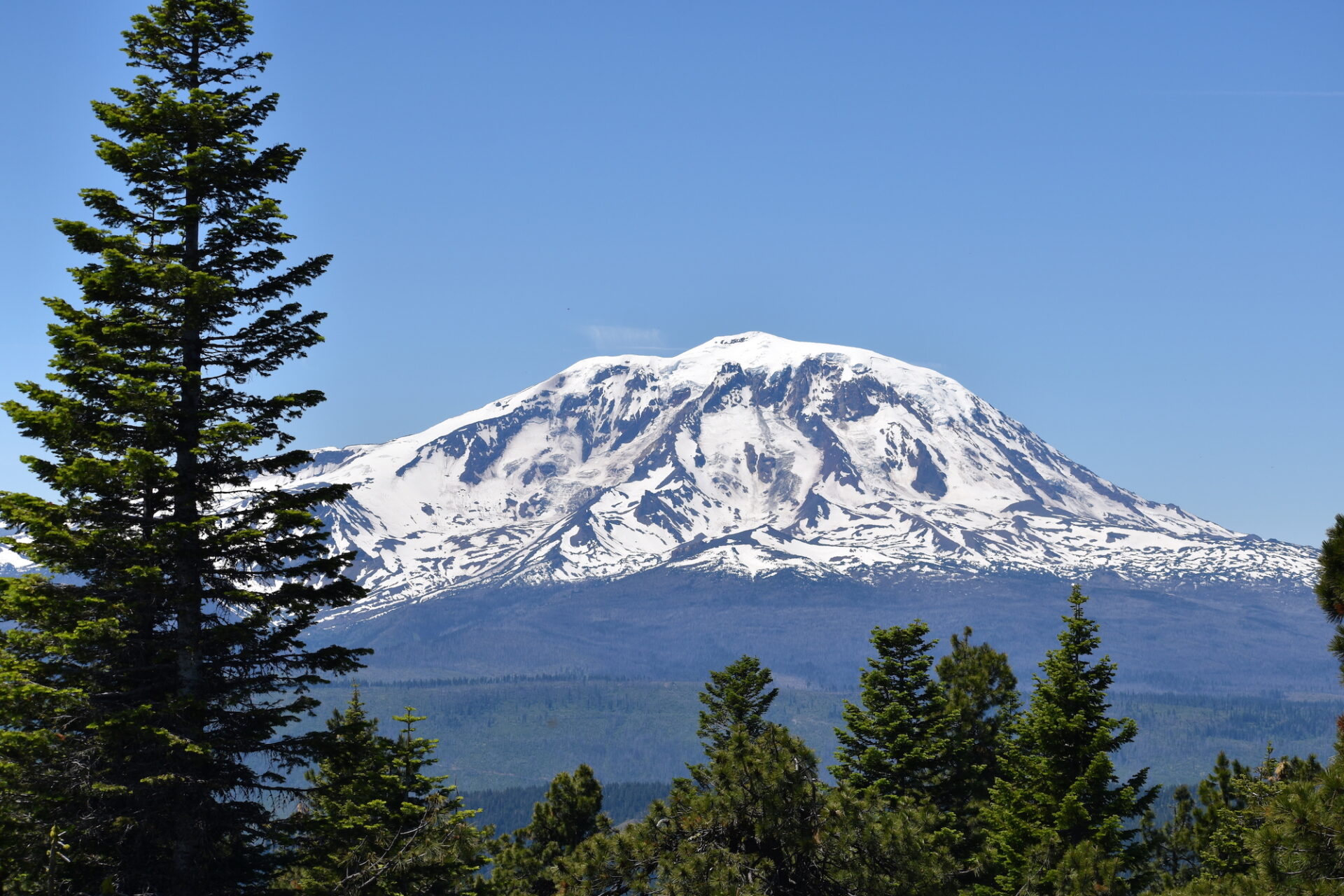
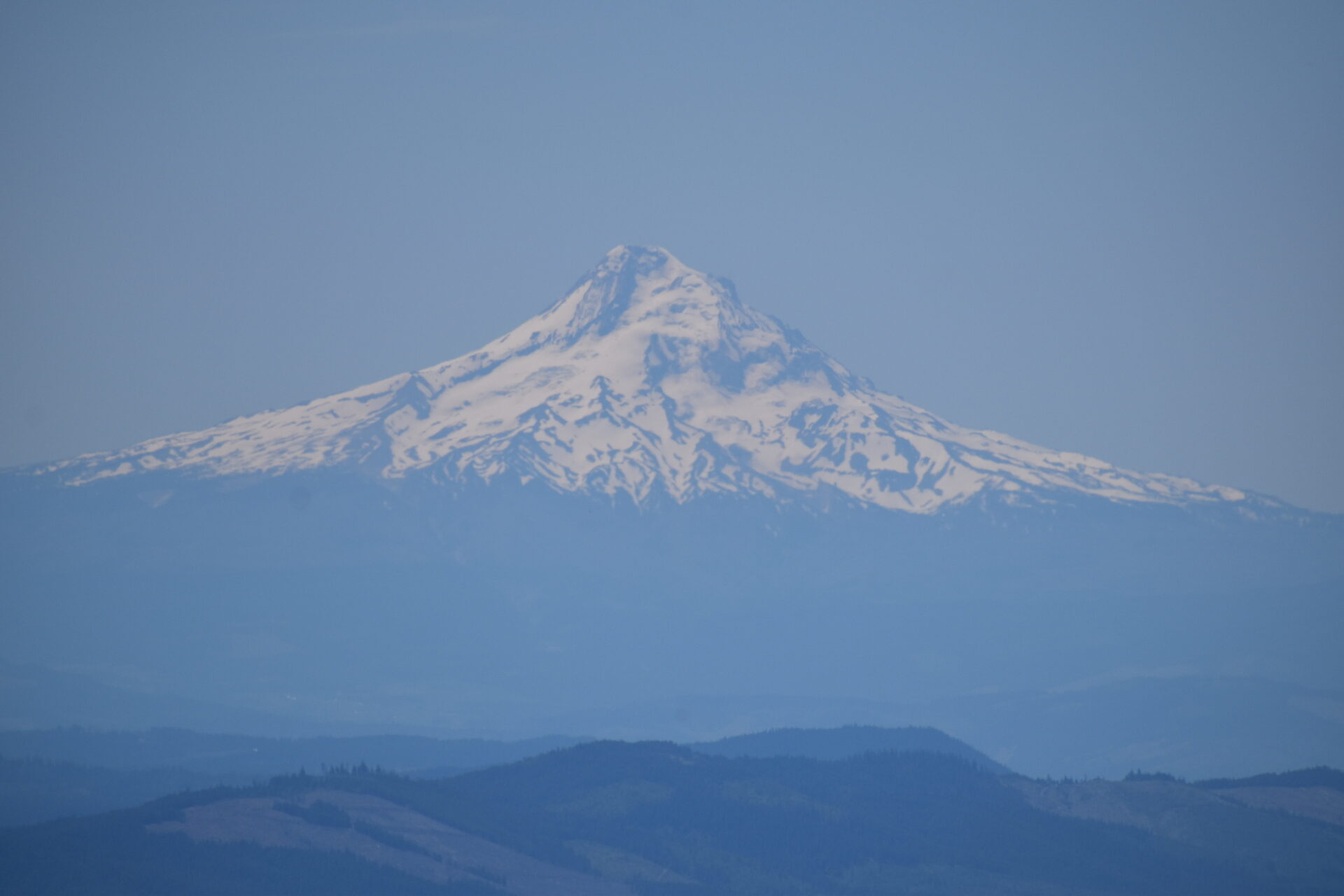
Surprisingly, this 68’ tower has no ground cables to secure it! When we arrived, four in our party excitedly began climbing the tower and at the halfway point, Brian exclaimed “Hey, only two people can safely be up there at at time!” We all paused and then he and our Yakama guides chuckled, “Nah, we’re kidding, you’re ok!” We all laughed at their joke.
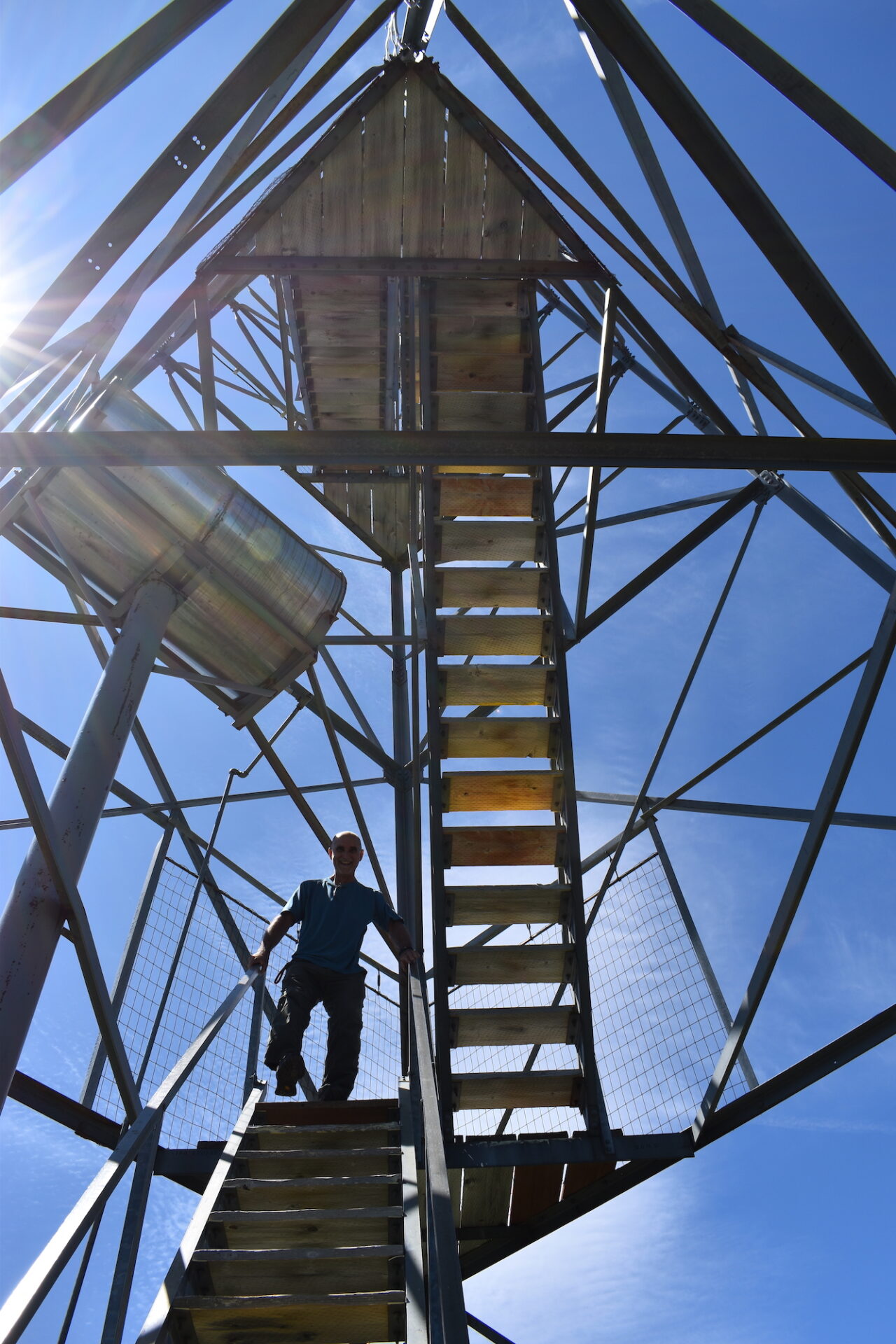
All of us took turns climbing the lookout, then exploring the older heliport building nearby. Again, we had a very leisurely, relaxing two hour visit to the lookout. The extra time was an unexpected opportunity to soak it all in—the views, the history, the experience, the sweeping landscape with Mount Adams towering above it all.
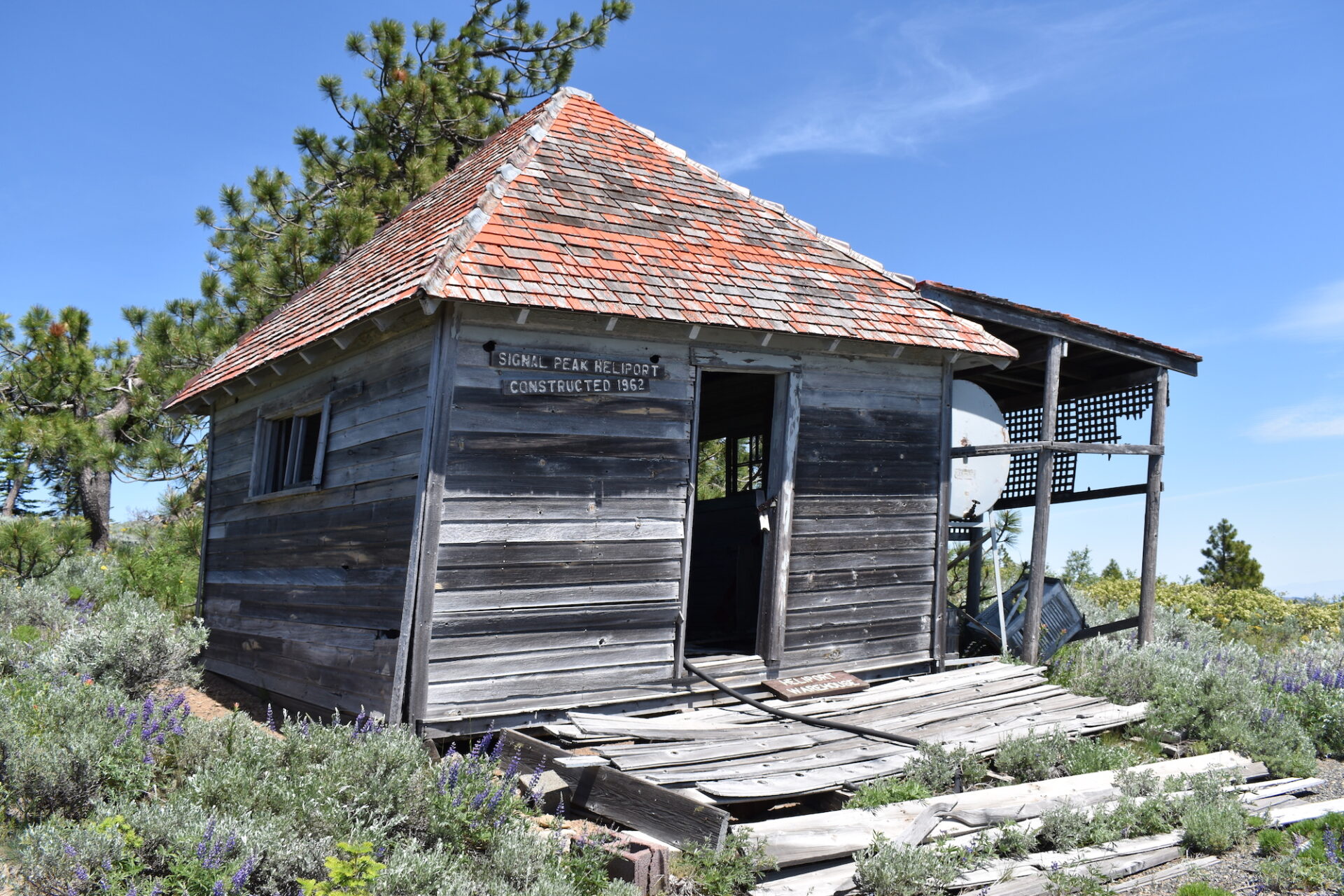
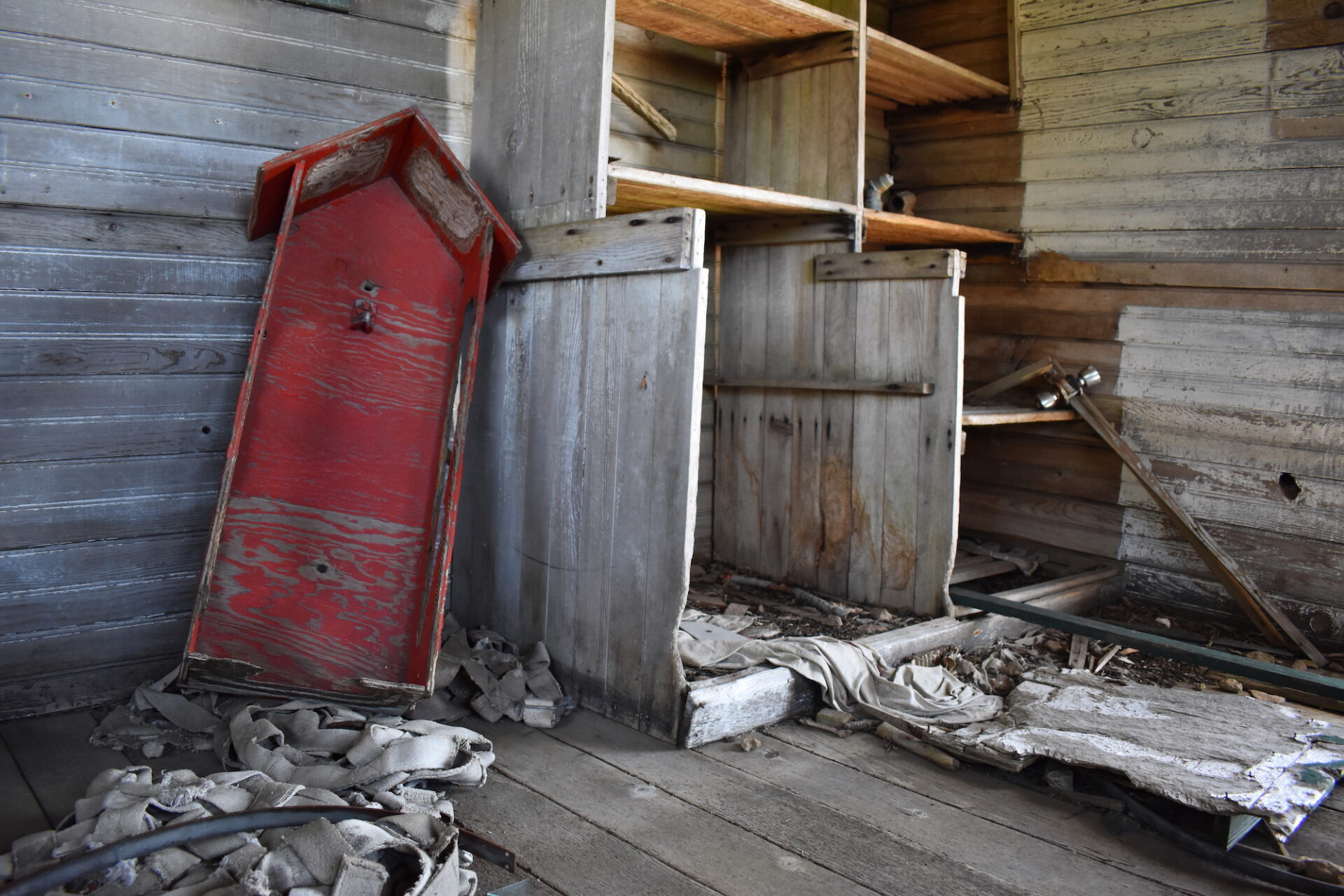

I spent some time wandering the summit and photographed several Taylor’s Checkerspot butterflies, which are considered nearly extinct. It was amazing seeing so many here, dancing from flower to flower.
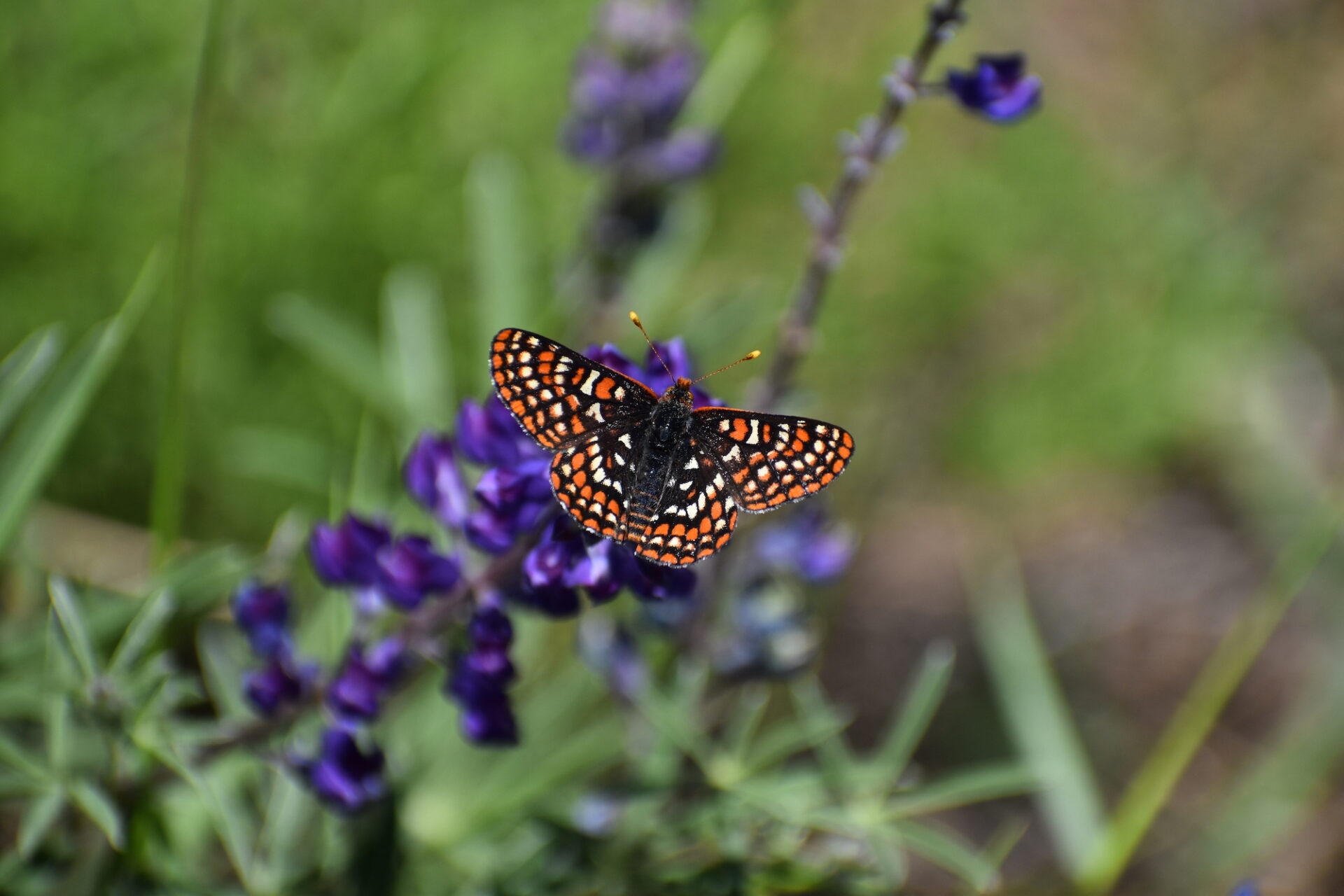
As we lounged in the sunshine, Arnold told us how he would climb the lookout when he was younger, he and his friends rocking it back and forth. He also told us a story of a lookout locking herself in the ground house because of a Bigfoot that had come up the road. It was amazing to hear some of these stories, legends, and tales!
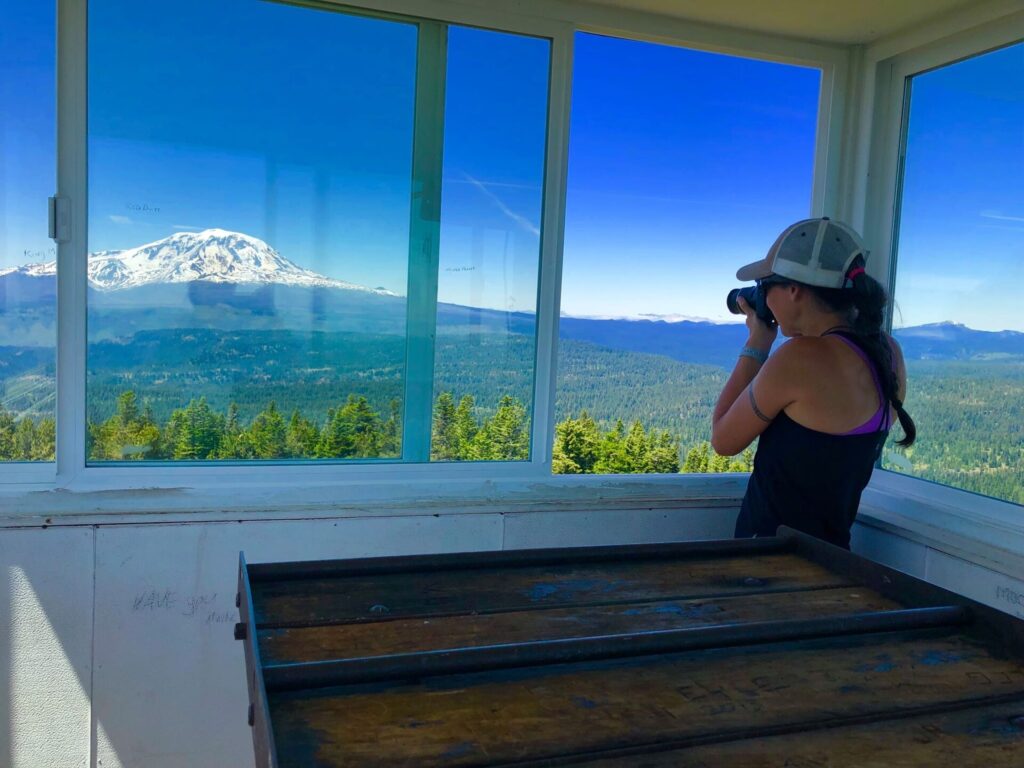
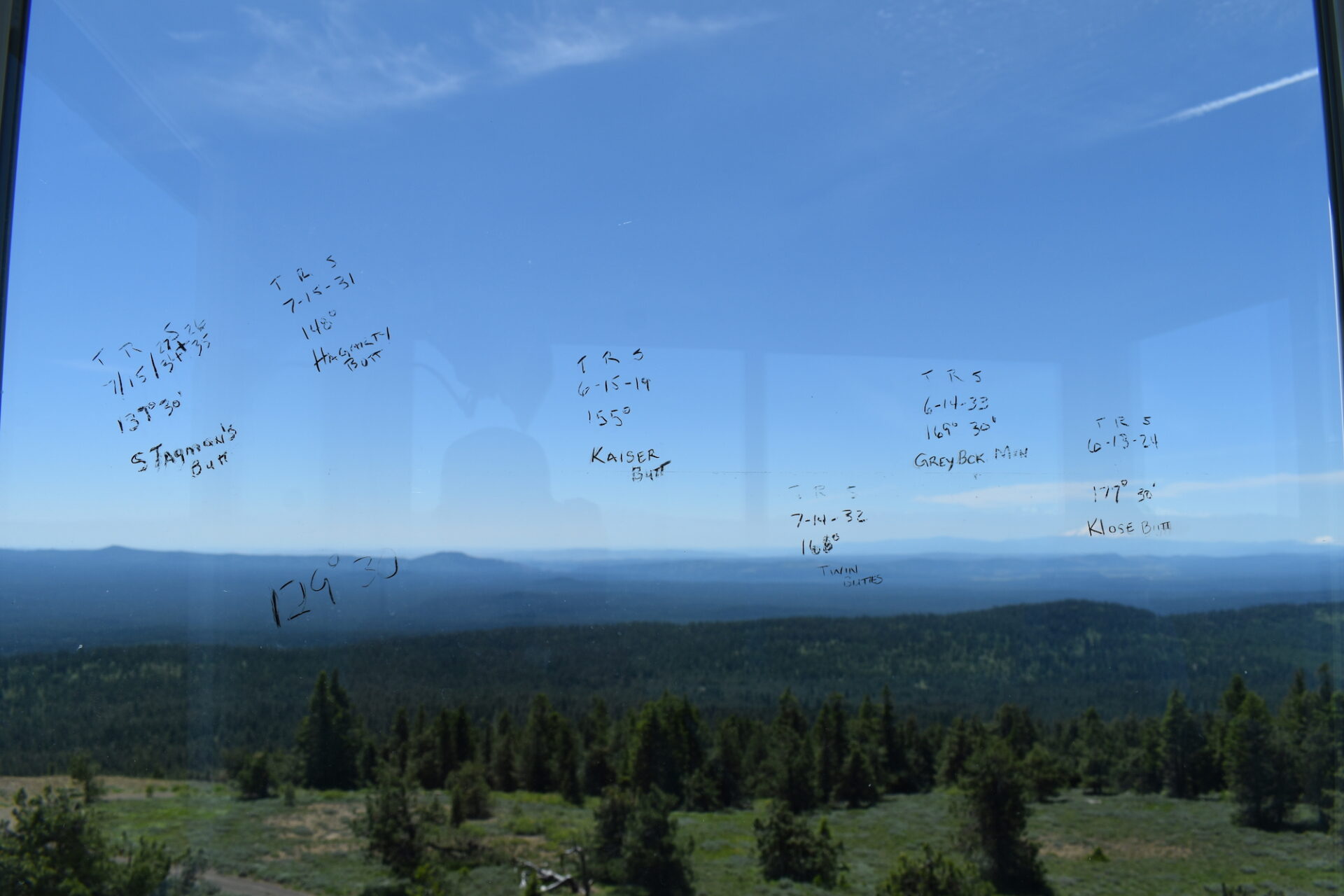
On our drive out, I couldn’t stop staring out the van windows, grateful for our amazing Yakama hosts and stunned by the beauty and tranquility of this gorgeous land. It was a casual, laid-back day where nature seemed in perfect harmony and balance and there was plenty of time to stop and enjoy the beauty of it all.
Here, time stood still.
Brian in the lead car ahead of us radio’d back about a bear and coyote pups that had crossed the road. Unfortunately we didn’t see them, but shortly after we saw wild horses roaming the landscape just before our return to White Swan. They were beautiful!
We finally bid our guides goodbye, thanking them immensely for their time and this wonderful opportunity to see their land. It was such a special day of story telling, sightseeing, and learning.
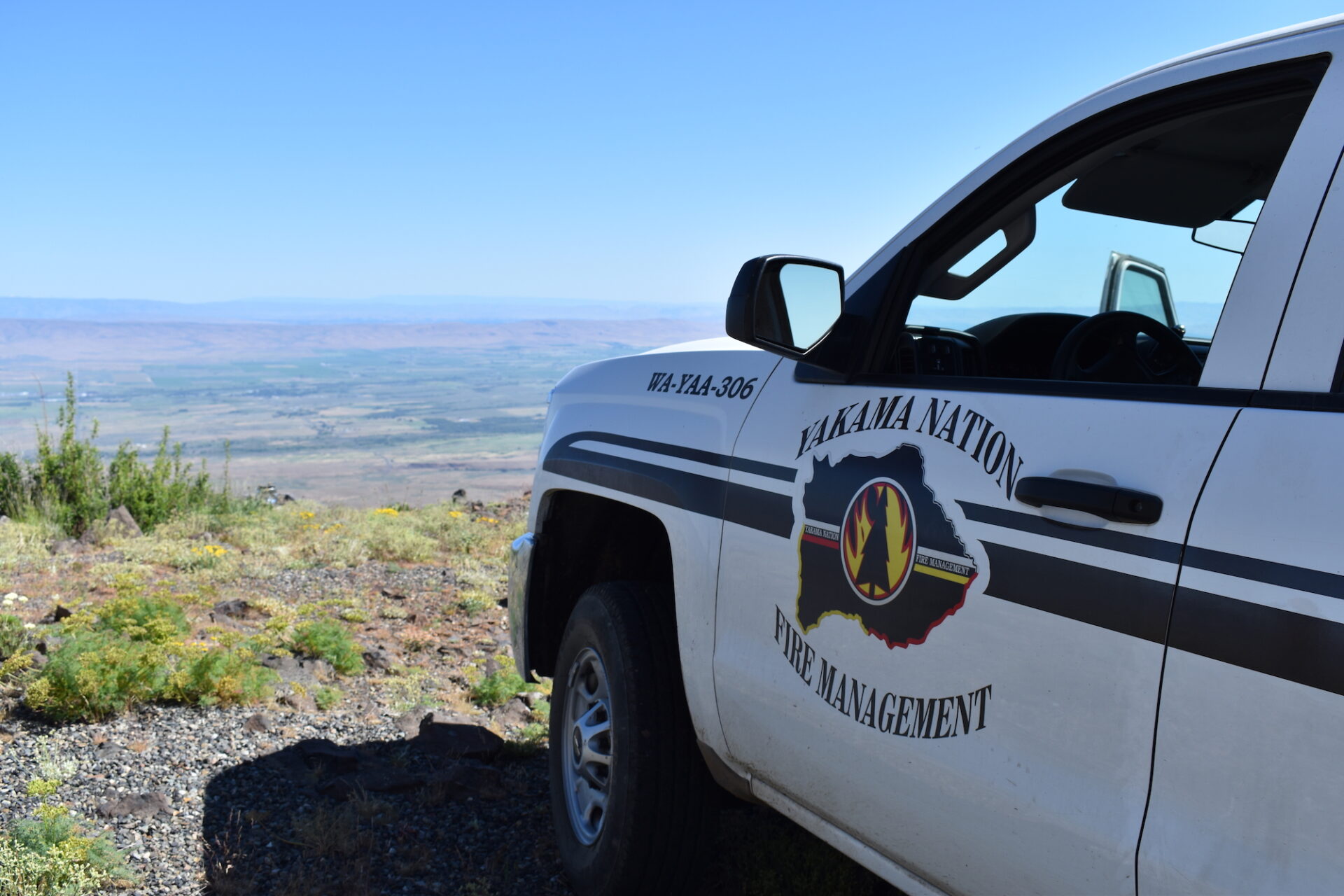
The journey.
For me, visiting all of these remaining lookouts hasn’t been about simply checking off a list. The journey has been about understanding a piece of history, imagining what it might have been like when these lookouts were in operation, and taking a snapshot of time. It’s been about meeting incredible people along the way with fantastic stories and ties to the surrounding lands.
I can’t thank our Yakama guides Arnold, Brian, and David enough for sharing their day and their stories with us and being such welcoming hosts. A huge thanks as well to Kari Darvill, who helped organize this trip, and to the other lookout lovers who joined me: Eric Willhite, Jeff Ruckle, Sara Santos, and Kari’s husband David Coates.
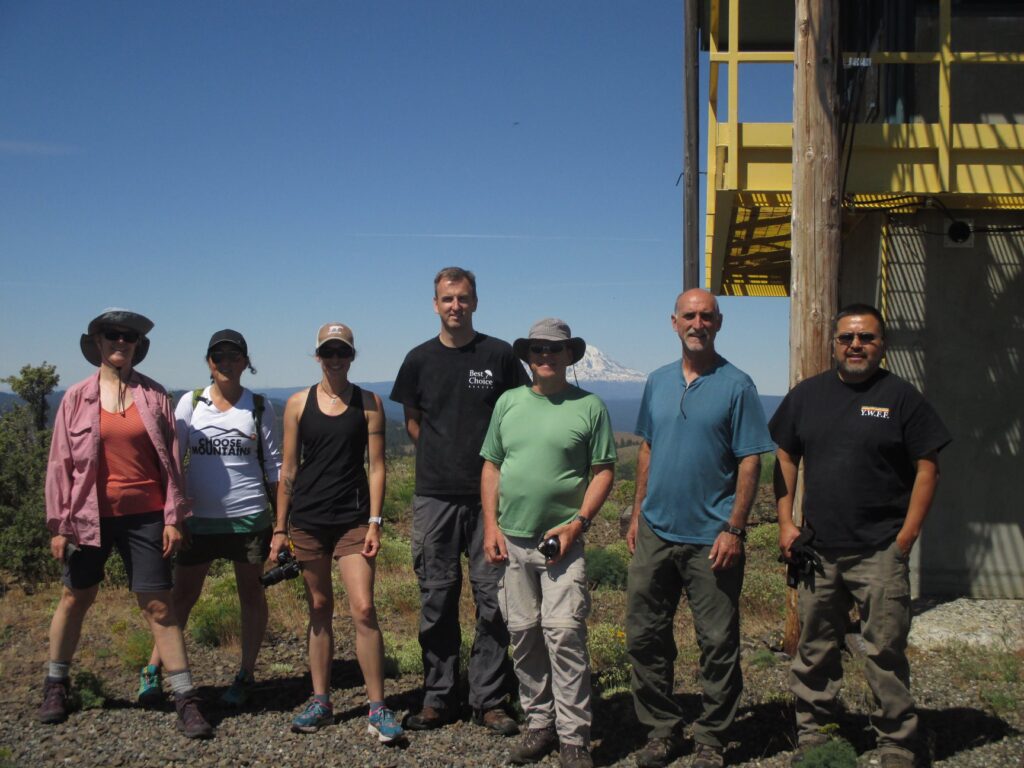
I hope that in the future, others can visit these lookouts to see a wonderful piece of history and learn more about the Yakama people, their culture and history, and their beautiful lands.

Learn more.
Read more about the Yakama Nation and their history on their website.
I would also highly recommend a visit to the Yakama Nation Museum and Cultural Center in Toppenish, open to the public 7 days a week.